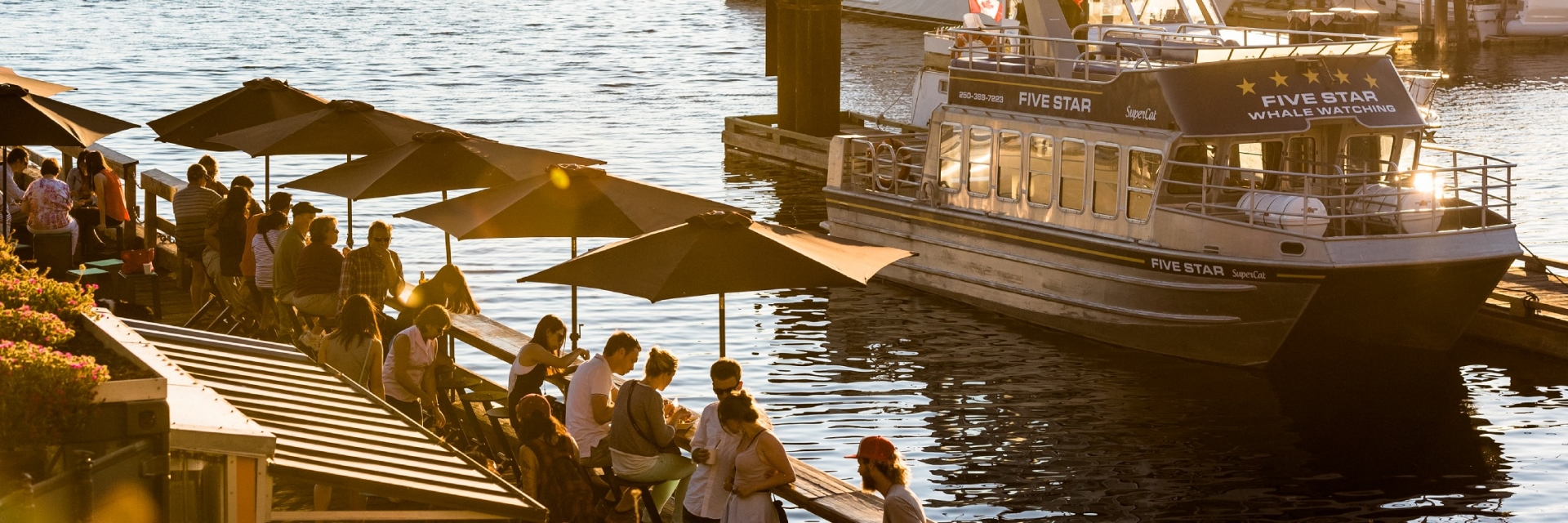
5 Ways to Extend Your Influencer Partnerships
Working with social media influencers is a powerful way for you to engage with their targeted audience, build trust, and generate content for your business. Extending that partnership ensures you’re getting the most out of the arrangement–it means leveraging the influencer’s content and audience connection as well as your own owned channels and audience over an extended period of time, allowing you to maximize your Return on Investment (ROI). Here are five ways to extend your partnership on your next influencer project:

Tip: This is a companion article to Influencer Marketing 101 – if you are new to influencer marketing, we suggest starting there and continuing your learning with this piece.
1. Create a distribution plan
To get the most value and reach from content, distribute it in multiple ways across different channels. To be strategic about this and to help you plot it all out in advance, create a distribution plan to lay out the details of how you share, publish and promote the influencer’s content. Start with your end goal in mind, such as promoting your product or service to a wider demographic, and then plan backwards to help you understand what you’ll need to organize to create a mix of owned, earned and paid media. The more planning you do ahead of time, the more you can leverage your time and the relationship with the influencer.
As part of the plan, remember that you also have an opportunity to engage with the influencer and amplify their content to your audience in real-time. Plan to interact with the influencer and their followers while they are visiting you. Think about when you want the influencer to share their posts about your business or destination with their followers. Do you want them to share everything in real-time or is it more beneficial to have them post over a longer period? Are there other partners you work with that can help share the content over time?
As an example, after Destination BC worked with social media influencer Yvonna Chow on a family trip to Vancouver Island and the Sunshine Coast, the team interviewed her to get her trip highlights, published a story with her tips on HelloBC.com and then distributed it as an ad in their summer campaign. Destination BC also connected the influencer with BCAA to help share her travel experience with another brand.


– Yvonna Chow a.k.a. @glamouraspirit_

Tip: Create a content calendar to map out your distribution plan. Consider staggering the release of your influencer’s outputs, so that you can maximize the length of the partnership with the social media influencer.
2. Think about asset licensing
Once you have built your distribution plan, you will want to consider acquiring additional usage rights from the influencer you’re working with, to ensure you can use their content on channels beyond social media. If you’re a Regional or Community Destination Marketing Organization (R/CDMO), think about obtaining a broader license which would enable your industry partners (such as businesses featured in the images) to also use the content.
For example, Emma Choo a.k.a. Instagram’s @Vancouver Foodie spent a week exploring Penticton and Kelowna in partnership with Destination BC. Her trip images were licensed for all BC tourism partners to use and can be found in the BC Content Hub.



– #ExploreBC Road Trip: Penticton and Kelowna with Emma Choo a.k.a. Instagram’s @Vancouver Foodie

Tip: Consider formats in addition to channels; high-resolution vertical format imagery is the most engaging format for most social platforms, whereas horizontal images may a better fit for web and/or email content. Detailed specs for a variety of formats can be found here.
3. Repackage content into new formats
Reusing and repurposing the influencer’s content will extend the lifetime of the assets beyond a single use. Did one of their images stand out with your audience on social media? It’s okay to share it again down the road as you know it will strike a chord with your followers. Consider repurposing this much-loved image on your website, email newsletter or in a blog.
With nearly nine out of ten people wanting to see more videos from brands in 2021, this is another valuable format to consider for repurposing influencer assets. Photos can be turned into video content with:
- Apps like Wave.video or InVideo
- Instagram or Facebook Stories
- Google AMP Stories
Another easy way to repackage influencer content is by using the popular story format; an example of this is when Destination BC worked with influencer Viranlly Liemena (@viranlly) on a guide to staying local and supporting Vancouver businesses. That content was repurposed into a Google AMP Story via Destination BC’s BC Story Network program, and now lives on through galleries on tourism industry websites and Google search.

– Viranlly Liemena a.k.a. @viranlly
4. Shift to longer-term partnerships
Many brands and influencers are placing increased value on long-term relationships instead of one-off partnerships. This requires an up-front investment of time, but it can lead to meaningful collaborations, and a deeper connection between influencers (and their audiences) with your brand. For influencers, it provides stability for their schedules and income, and allows them to gain familiarity and affinity with your brand and team over time. For brands, it provides an opportunity to reach the influencer’s audience more frequently and to develop a cadence that works for you. If there’s an influencer you have worked with in the past that was a great fit or if you have “super fans” on your social media channels, think about how you can work with them on a more frequent basis (e.g. by hiring them for a season, or for several smaller trips instead of one larger one). For example, in 2020, Destination BC worked with local Vancouver influencers Brie Evans and Reuben Wurtz (@VancityWild) over a multi-week partnership, that has allowed for a rich, organic connection:



– Vancouver influencers Brie Evans and Reuben Wurtz (@VancityWild)
5. Add paid distribution
A benefit of working with an influencer with a loyal audience is that the brands they share about are highly trusted by their followers. If you have the budget, a paid media plan will allow you to target the influencer’s audience and leverage the third-party endorsement. This gives you the chance to strategically put ads in front of their followers or to those that showed interest in the content they shared about your brand. There are a few different ways to do this, with the simplest being boosting their posts so that more people see their content about your business.
Boost their post
If a social media influencer’s post is performing well organically, you may wish to boost the post. Typically, the post will lose organic impact in 24 hours or less. By boosting it, you will ensure a larger audience sees it. This is valuable since, at the end of 2020, it was reported that only 5.2% of someone’s audience organically sees their posts.

– Breanne Williamson was one of the content creators hired to support a Destination BC contest. Her post was boosted from her account to encourage more of her audience to enter to win.
Retarget
For larger budget projects, like campaigns, you can also retarget the influencer’s audience with ads from your business. You may wish to serve an ad to any of the influencer’s followers who engaged with the post about your business. If you consider a mid-size influencer with an audience of 100-500K and an average reach rate of 16.8% – that is a substantial number of potential customers. On top of this, the influencer’s fans will already know your business through their connection with the influencer.

– In this example, Destination BC retargeted the engaged followers of influencer Nathaniel Atakora with a related advertisement.
There is no set formula for what will work best for your audience so try more than one method, and then measure and report on your findings so you can identify the best ways for your business to extend the lifetime of your influencer partnerships. This form of content marketing changes quickly, so it’s best to keep to testing and learning what works for you.
Read more:
- 6 Effective Types of Influencer Collaborations
- 6 Questions to Ask Before Working with Influencers
- 7 Ways of Repurposing Content on Social Media for Maximum Results
- How Brands Can Repurpose Influencer Content
- How to Boost Your Influencer Marketing with Social Media Retargeting Ads
- How To Create Videos with Wave.video
- The 3 Benefits and 8 Best Practices of AMP Stories to Maximize Engagement
- 5 Myths About Working With Influencers





